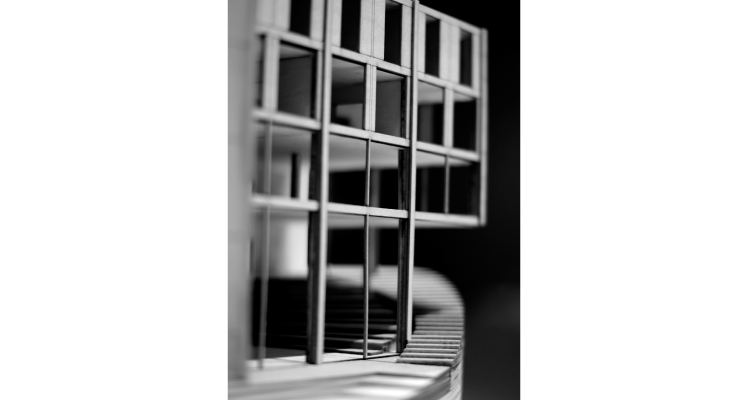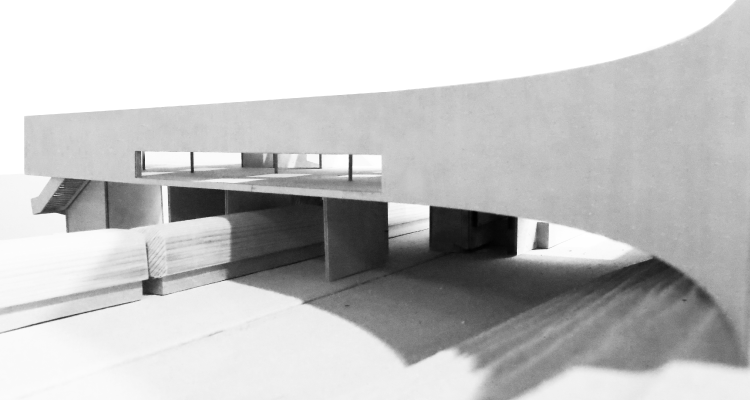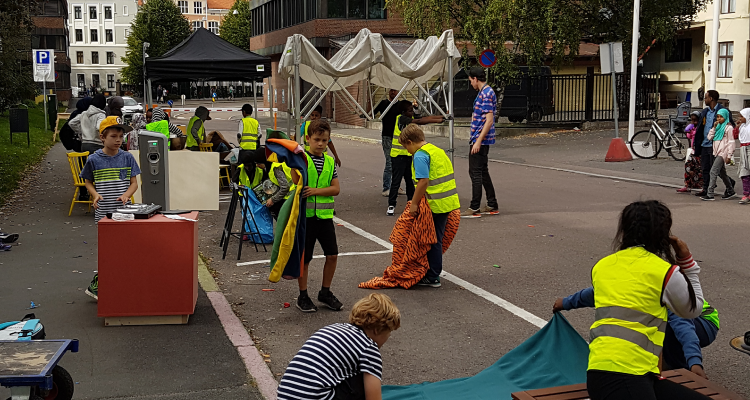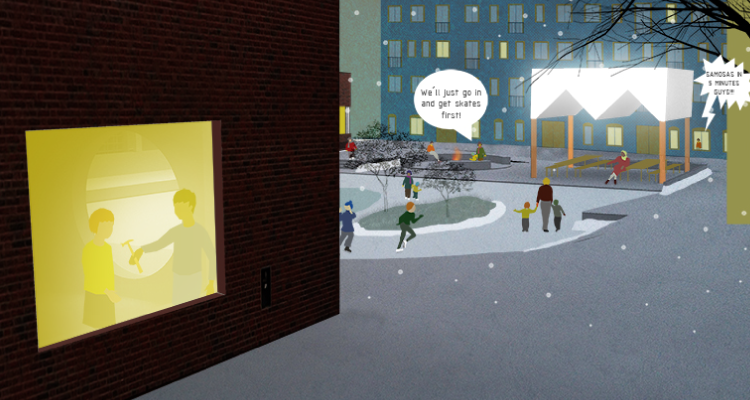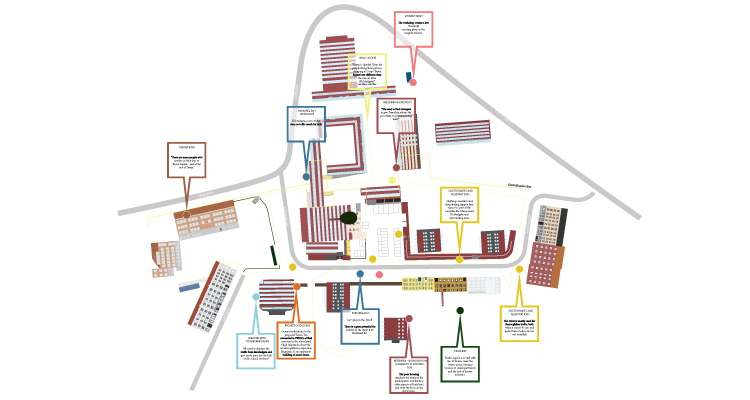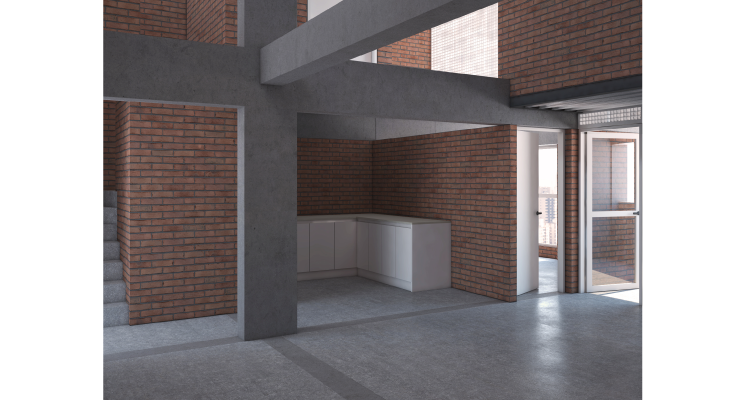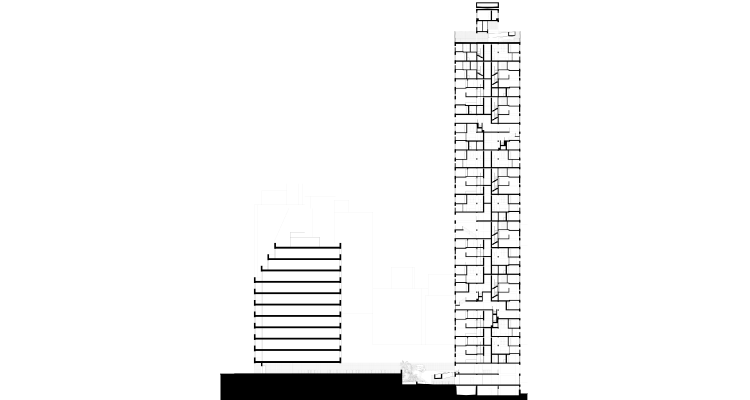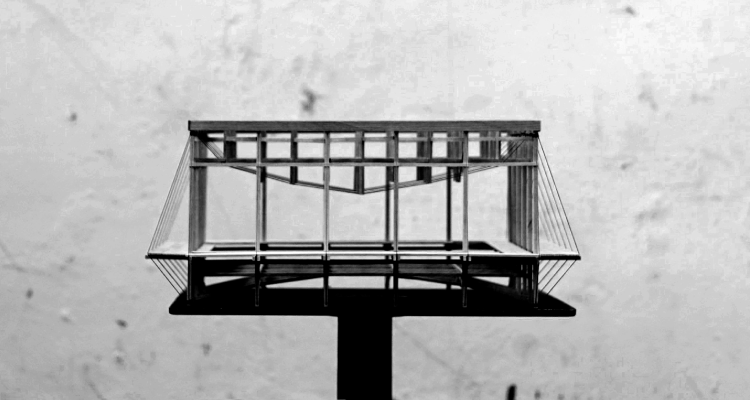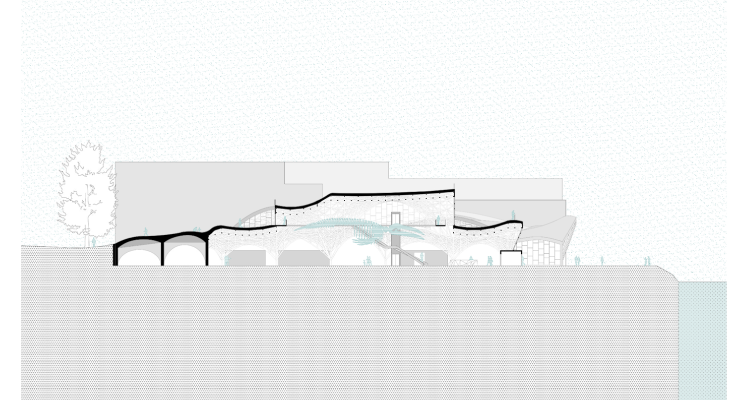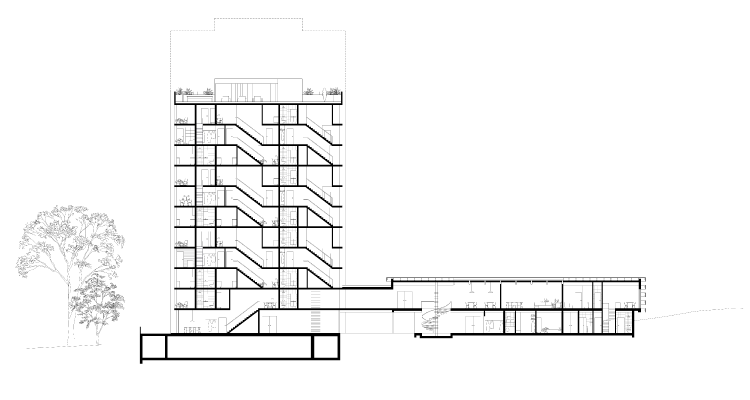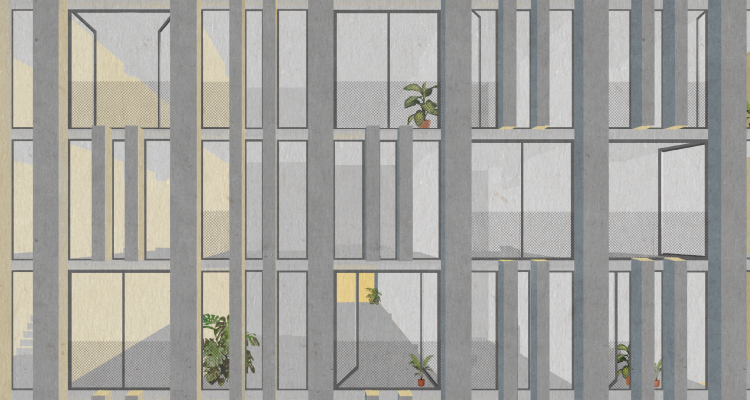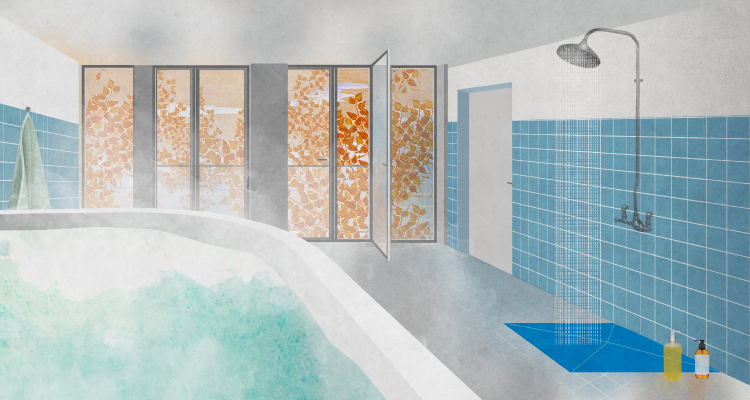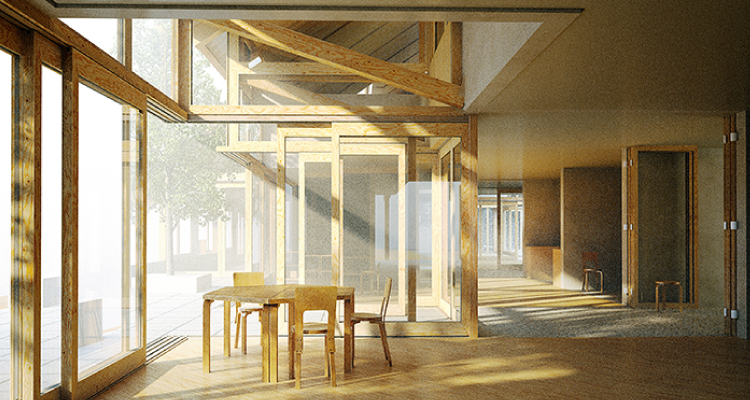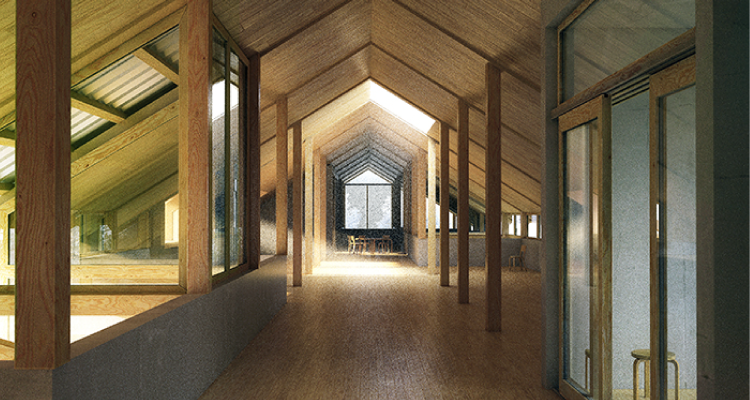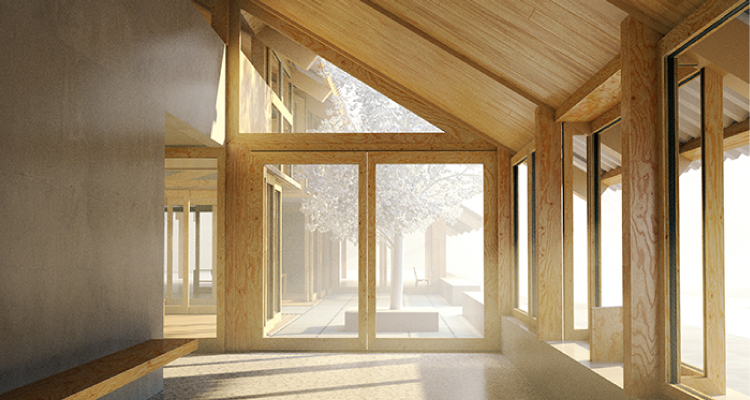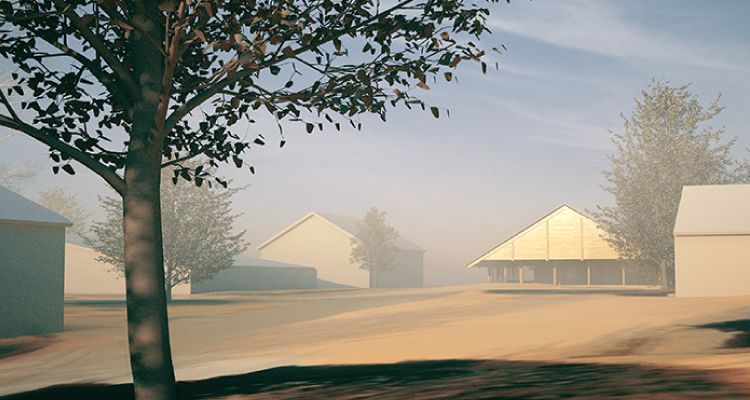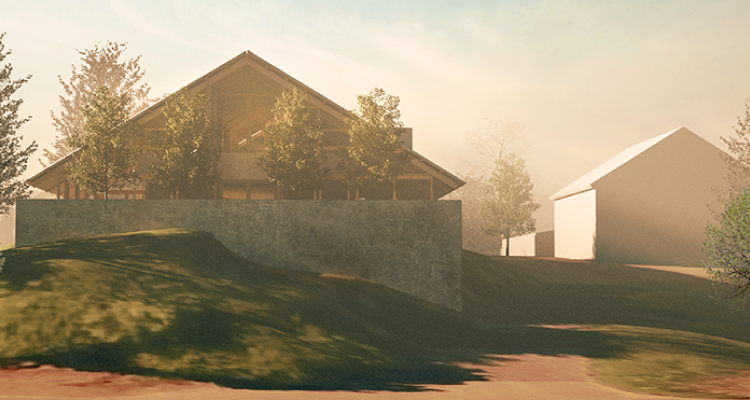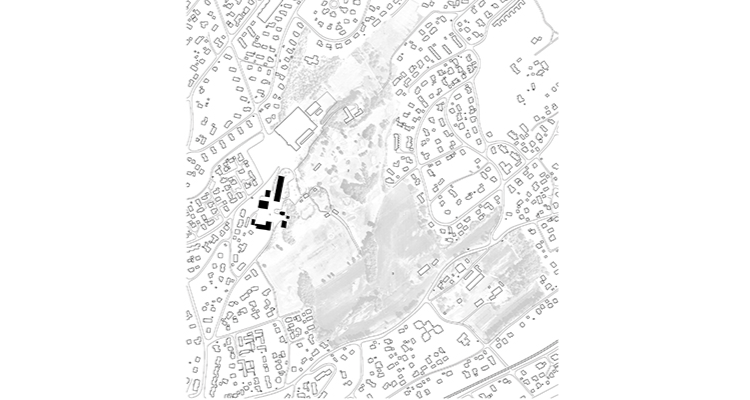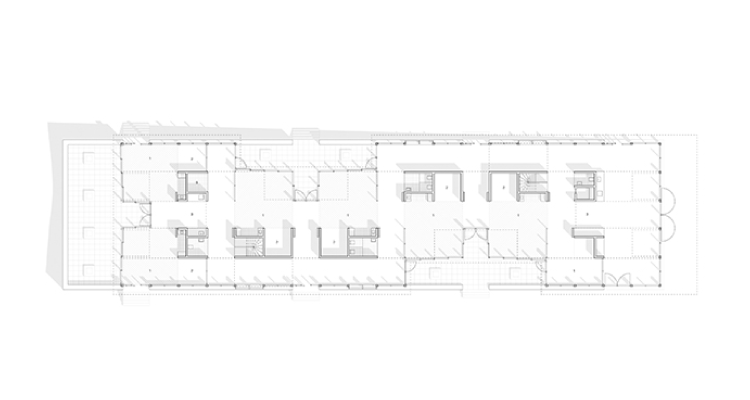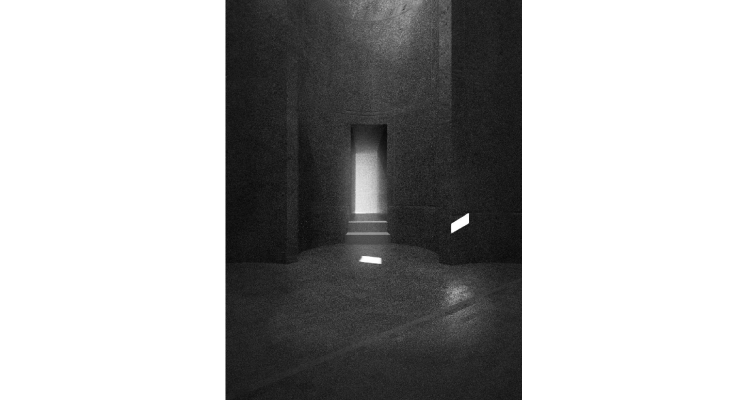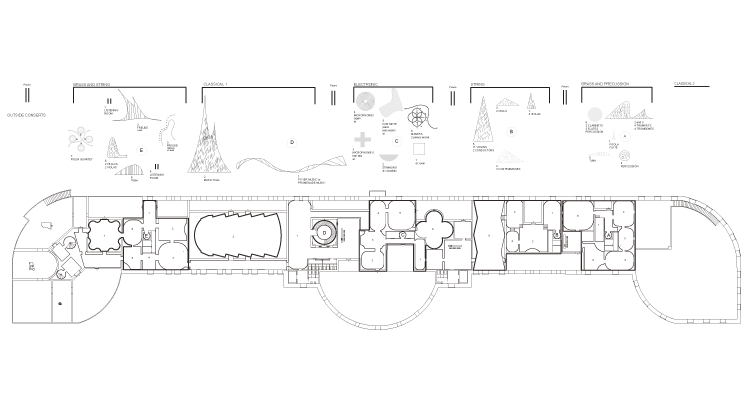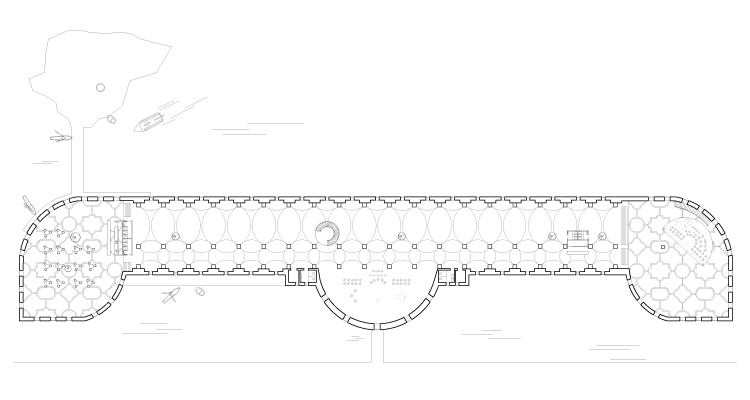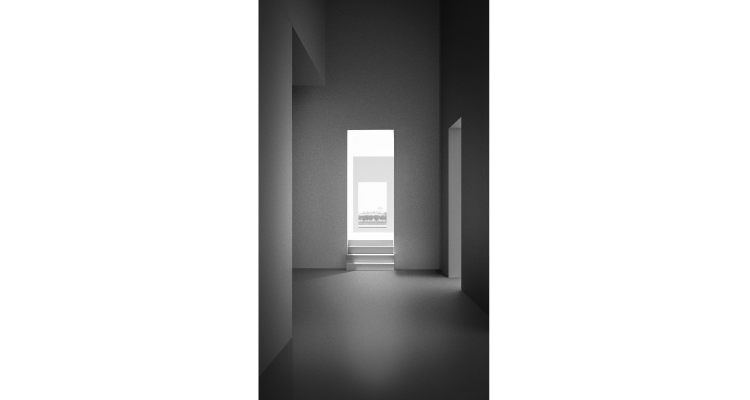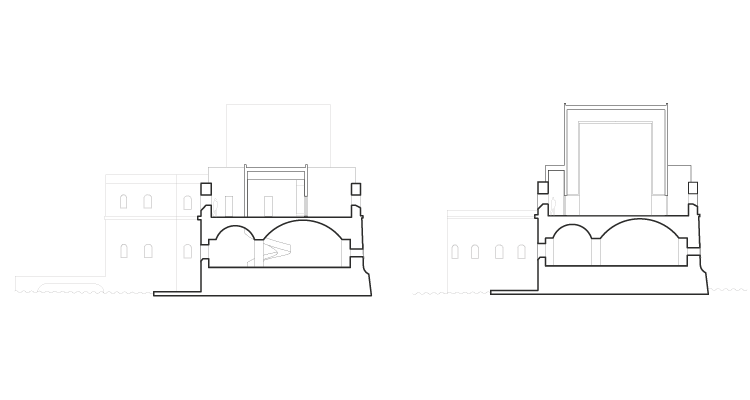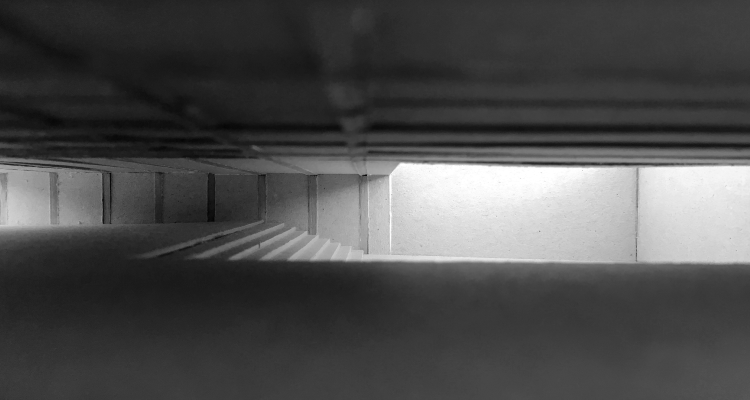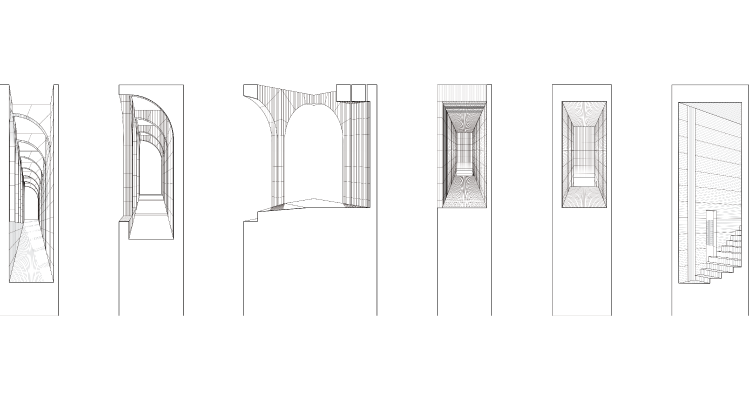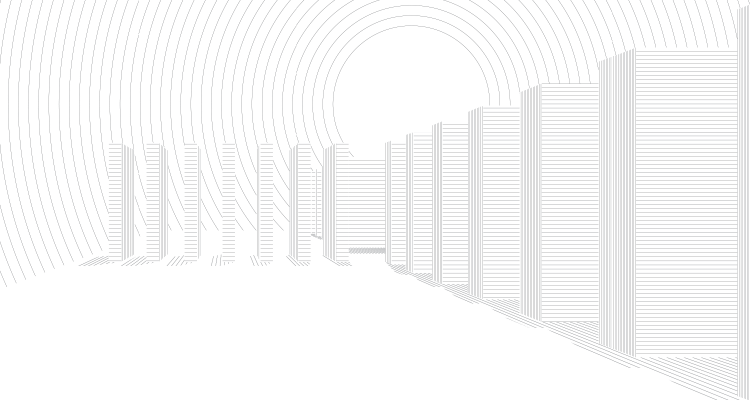By studying the use of coworking spaces, a set of organisational principles has been identified. The project is spatially gradated, from big, open, public spaces at ground level, to small enclosed private spaces at the top. Each of the different floor levels coincides with different types of memberships and is organised within a system that optimizes light conditions, infrastructure and accessibility to basic amenities.
Diplomprosjekt
The station serves as a point for embarking on, or disembarking from, a trip. The movement of trains entering and leaving the station provides a contrast in rhythm and scale to the flow of travelers. Trains, with their mechanical rhythm, meet the organic human flows in different directions, towards different destinations. These different paths of the travelers act as the foundation of the spatial sequences within the station.
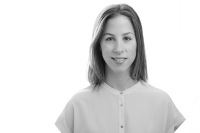

Our proposal springs out of a neighbourhood initiative to close Kolstadgata for thoroughfare traffic and
is developed through collaborations with locals, social-urban scientists, architects, the municipality and many others. As a result of the issues we have uncovered along the way, our focus has been on children and youth.

is developed through collaborations with locals, social-urban scientists, architects, the municipality and many others. As a result of the issues we have uncovered along the way, our focus has been on children and youth.

The structure contains 131 apartments of three different types, organized around corridors on each second floor. There is a vertical path connecting all the floors, from the public areas at the base to the top of
the building, a stairway that opens up to the façade, creating view points towards the city as well as small communal spaces connected to each level.
the building, a stairway that opens up to the façade, creating view points towards the city as well as small communal spaces connected to each level.
The framework defines three spaces based on a column free, square plan. The dimensions are 3x3, 15x15
and 60x60 meters. In addition, three terms were chosen as a guide to what kind of architecture that should
be produced. The terms are Tension, Flexibility, Interdependency.
This dogmatic approach to making - with disregard for the questions of site and function - facilitates a focused study of core properties of architecture and of the fundamental autonomy of construction.
and 60x60 meters. In addition, three terms were chosen as a guide to what kind of architecture that should
be produced. The terms are Tension, Flexibility, Interdependency.
This dogmatic approach to making - with disregard for the questions of site and function - facilitates a focused study of core properties of architecture and of the fundamental autonomy of construction.
The strategy developed consists of two simple steps: Maximizing visual contact between the viewer and the collection/activity, and secondly maximizing surface between the two. Through a series of exploration in different techniques a vocabulary on how to do so has evolved.
The study has been conducted within the framework of the preliminary building program for a new Tromsø Museum; a museum of natural and cultural sciences, affiliated to the University of Tromsø.
The study has been conducted within the framework of the preliminary building program for a new Tromsø Museum; a museum of natural and cultural sciences, affiliated to the University of Tromsø.
We do not need dwellings that isolate us in our separate apartments, but dwellings that give us the opportunity to meet. We need homes that do not limit us, but that enrich our daily life with experiences, friction and diversity.
This project investigates spacious and flexible homes, offering places where the residents can meet. The existing buildings add complexity and unexpected encounters between public and private, old and new.
This project investigates spacious and flexible homes, offering places where the residents can meet. The existing buildings add complexity and unexpected encounters between public and private, old and new.
The site is an old Norwegian farm on a hilltop in the landscape. I studied the tun in order to take part in this rich context and I looked to the barn typology for a building of a single yet varied space. By manipulating the relationship between the base as a boundary and roof as a cover I searched for richness in spatial articulation
– giving both thick and thin walls, high and low ceilings and inside and outside spaces.
– giving both thick and thin walls, high and low ceilings and inside and outside spaces.
The music house is placed on one of the old ruins in the gulf of Finland approximately 50 km from Saint Petersburg. The fortress was built in the end of 17th century to defend Saint Petersburg.
The Music house will create a new venue for enjoying music in a larger cultural place for various types of urban activities. Placed on the water, the Music house will be seen from Saint Petersburg waterfront. People in Saint Petersburg will take boats to the island where they will perform or listen to music and also visit restaurants and cafes.
The Music house will create a new venue for enjoying music in a larger cultural place for various types of urban activities. Placed on the water, the Music house will be seen from Saint Petersburg waterfront. People in Saint Petersburg will take boats to the island where they will perform or listen to music and also visit restaurants and cafes.
It is an experimental design research studying how human’s sensation on time would matter in architecture. Five projects have been developed to perform five time natures chosen from the novel ”Einstein’s Dreams”:
/ Time stands still.
/ People live just one day.
/ Time does pass, but little happens.
/ There is no time. Only images.
/ The texture of time happens to be sticky.
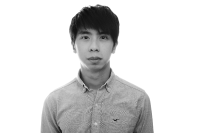
/ Time stands still.
/ People live just one day.
/ Time does pass, but little happens.
/ There is no time. Only images.
/ The texture of time happens to be sticky.

